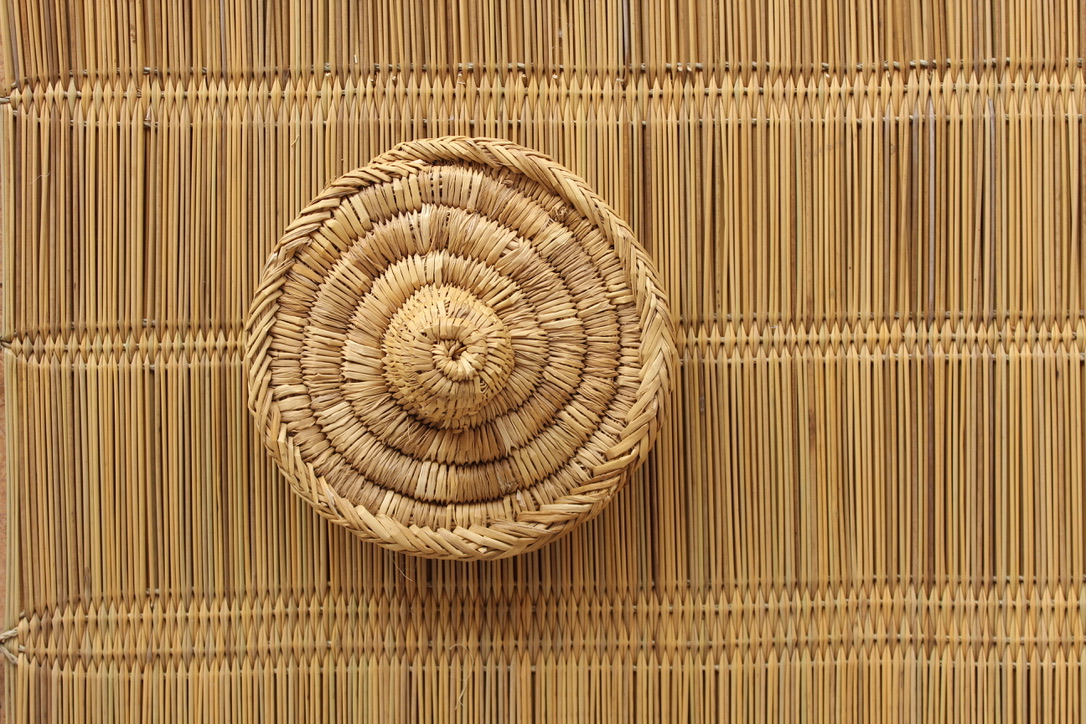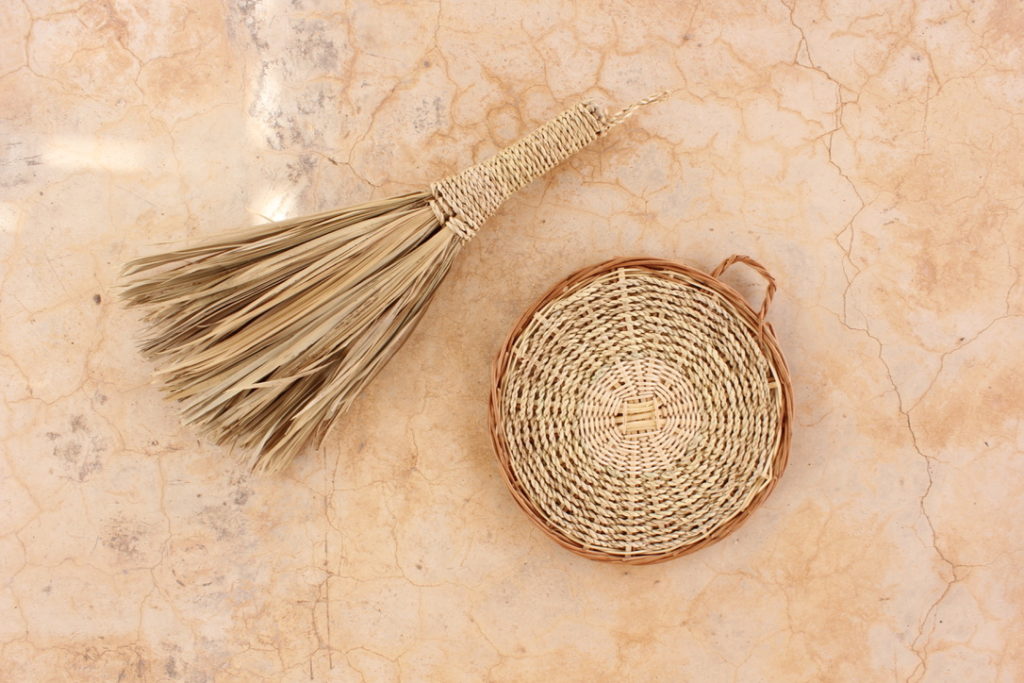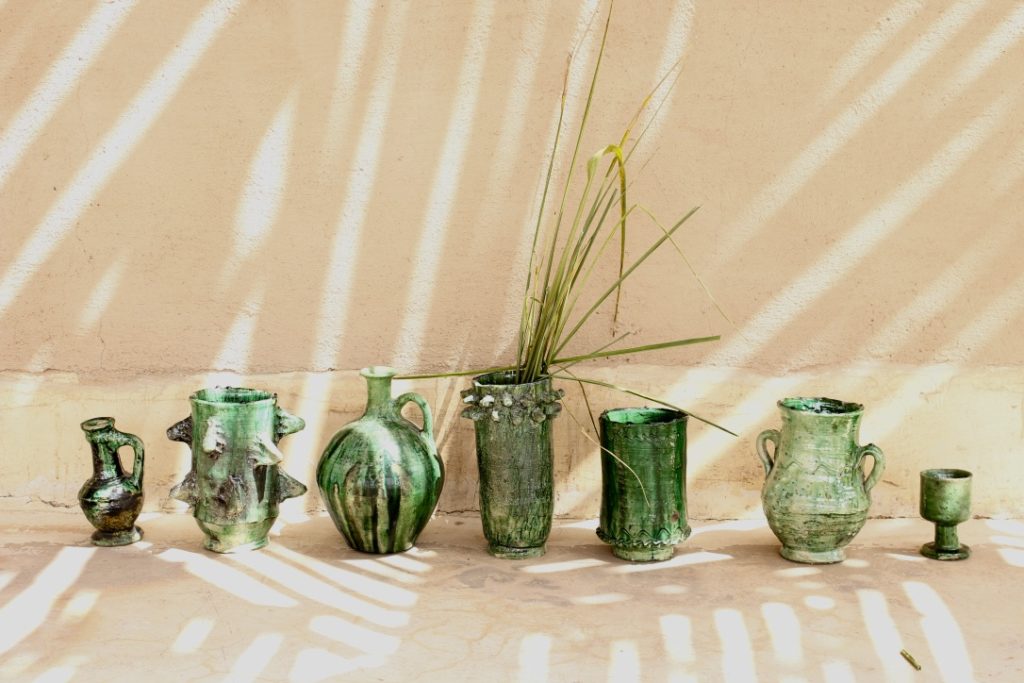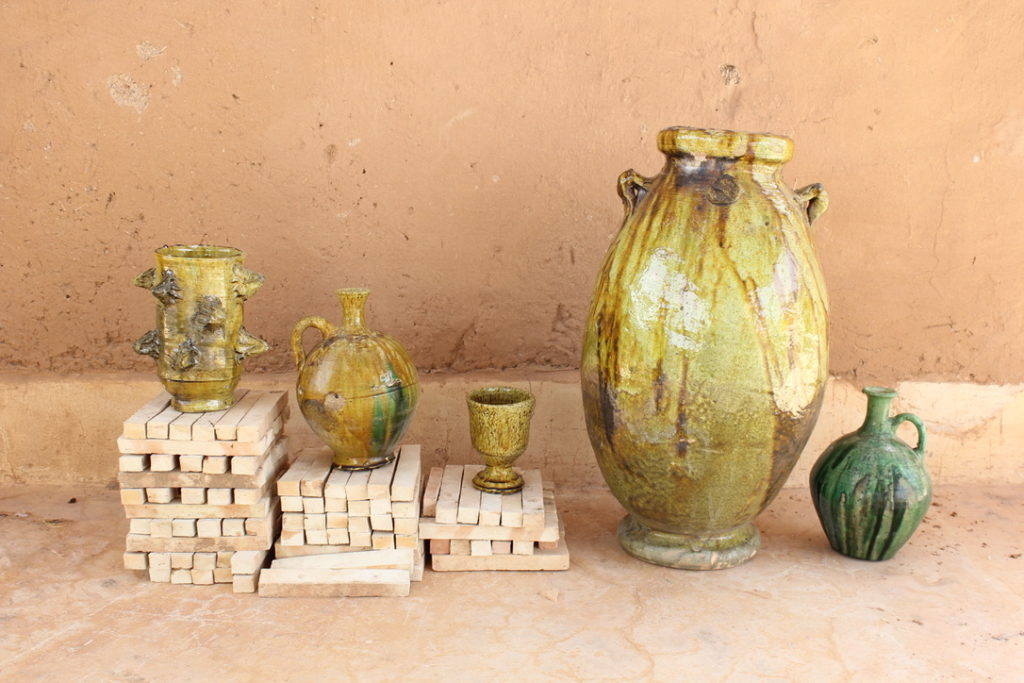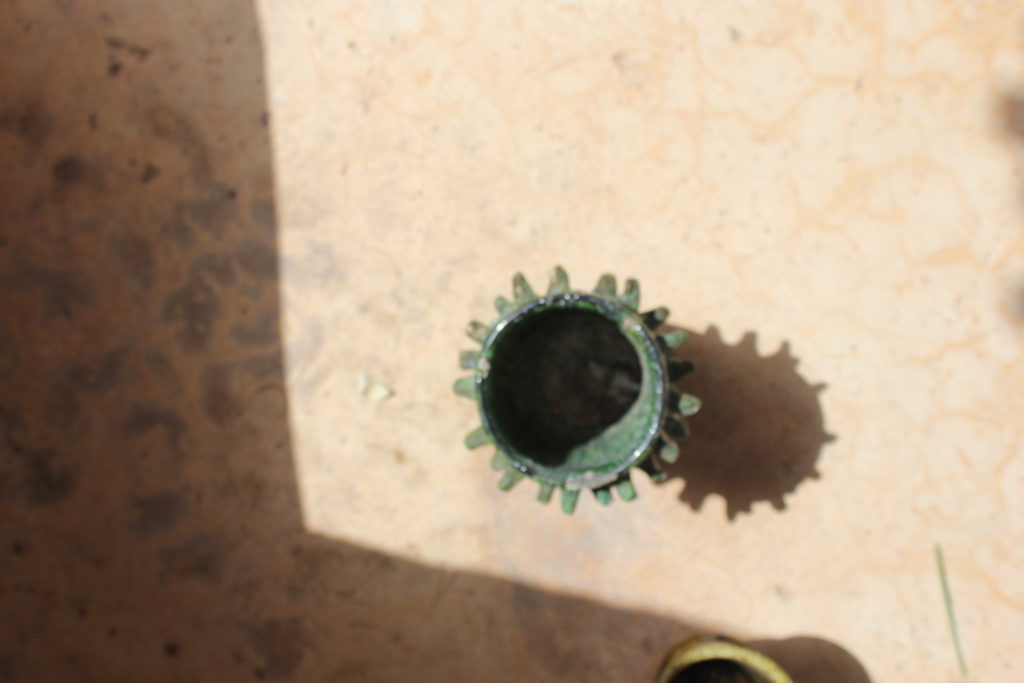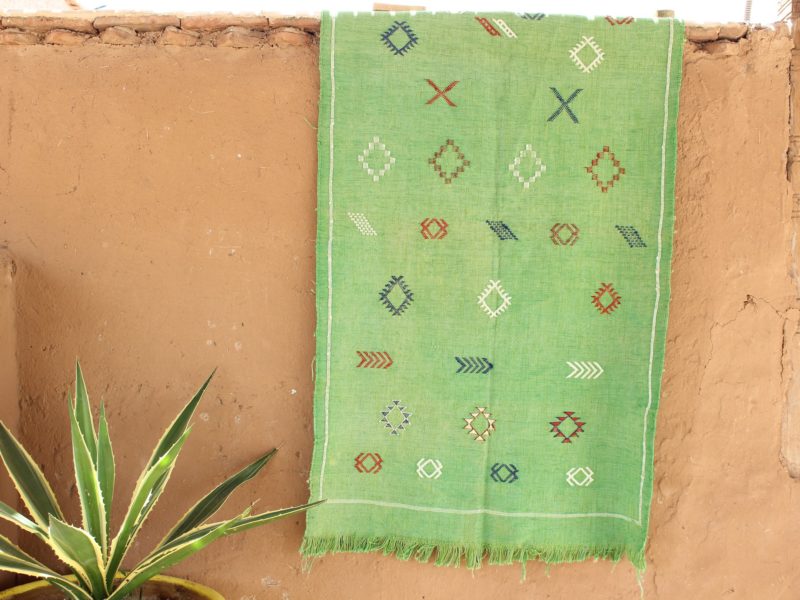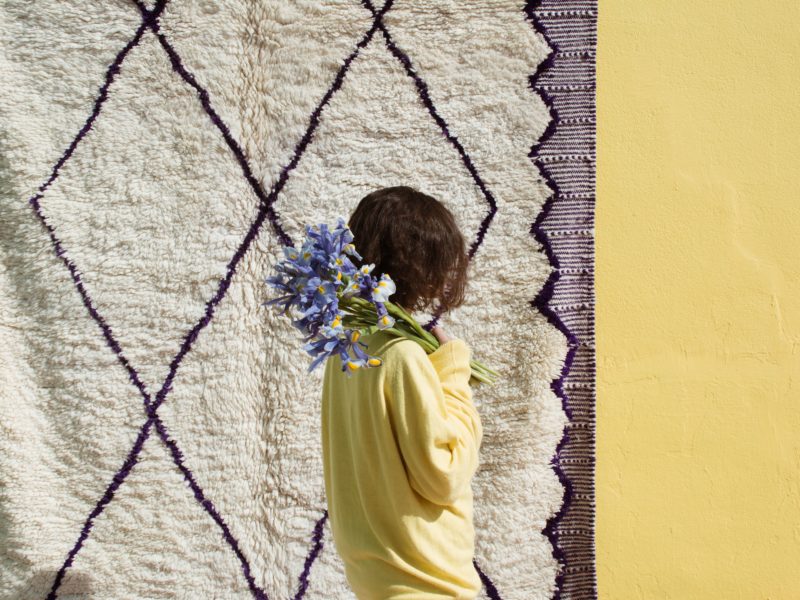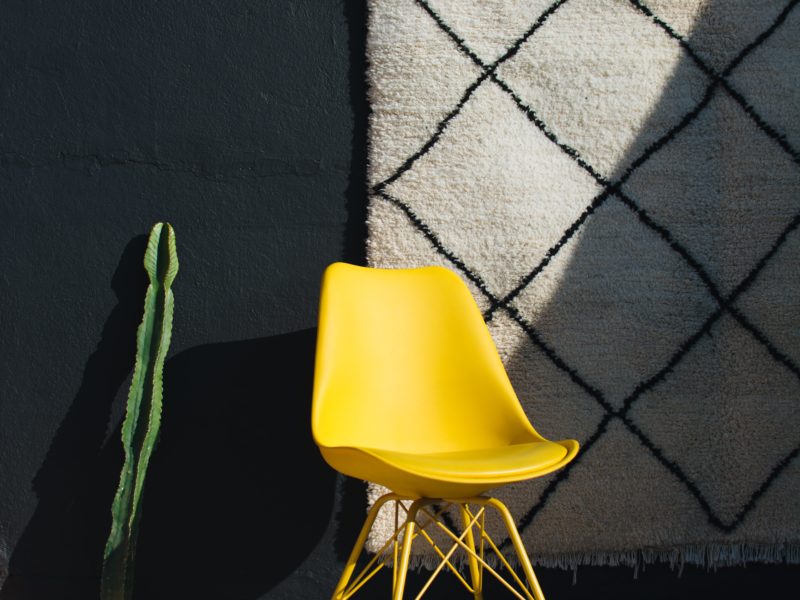Moroccan craftsmanship in all its forms
Moroccan craftsmanship and, you will have probably noticed in recent years, to more than ever the wind in high gear internationally and especially in terms of interior decoration. Traditionally, the craft industry in Morocco, which brings together many trades and know-how, has been able to arouse interest until obtaining a flawless reputation. The craftsmen, masters, apprentices as self-taught have always made utilitarian objects, but also very decorative. The reputation of Moroccan craftsmanship in the world is second to none, the inspirations, the innovations, the creativity and the talent of all the actors of this very rich and varied craft, never go unnoticed.
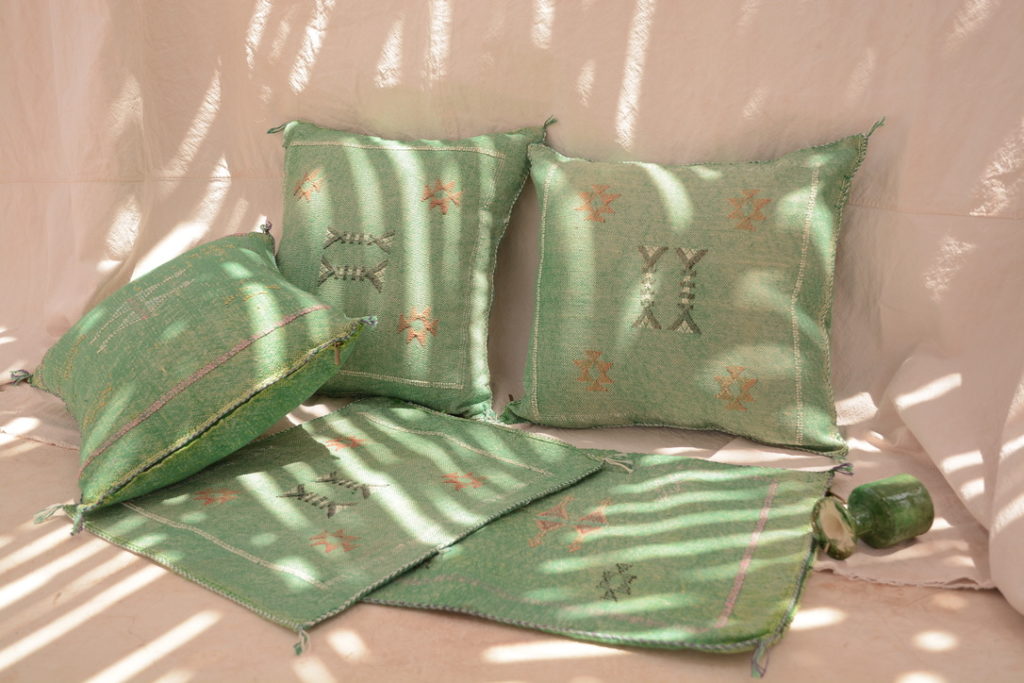
Large brands, brands, and many articles in magazines dedicated to interior decoration, but also outdoor, thus highlight the wealth and variety of Moroccan crafts with creations that continue to innovate to give birth to unusual items. Colorful baskets, baskets, wood, cushions, various tote bags, candles, ceramics and pottery, rugs, lighting, palms, furniture … One thing is certain, the Moroccan products from this craft among the most famous in the world, are very popular and today more than ever! Moroccan craftsmanship has always been known, but in modern, more modern worlds, it has also had to adapt. Moroccan craftsmanship is rich, ancestral, timeless and it brings together many know-how and traditions both Arab and Berber, which inspire most creators and decorators.
The wealth of craftsmanship in Morocco
It is the Berbers, the first known inhabitants of Morocco, who were the precursors in this field of craftsmanship. This was the case in the work of wool, for the work of iron, silver, and that of clay for pottery. After the period of Islamization, it is other artisanal forms that appeared with the coming of the Arabs, copper work, wood … Pottery, weaving, brassware, ironwork, leather goods, jewelry, embroidery, the trades of the Moroccan craftsmanship is a reflection of the personality of the Kingdom. Cultural wealth, history, craftsmanship is with agriculture, a key economic sector for the country, it is also the second sector creating jobs.
The Moroccan artisanal sectors
If the craft industry of Morocco is ancestral, it is from the years 2000 that it is set up cooperatives, companies and mono-craftsmen to assert this national wealth. The production concerns two distinct sectors, namely: products intended for all the daily needs of the population and products intended both for the domestic market and for export, including all items dedicated in particular to decoration. The craft sector in Morocco is divided into sectors, including: decoration, brassware, pottery, carpets, leather, weaving, wrought iron, candles, furniture … This sector concerns also traditional architecture, clothing and all local products including cosmetics, saffron, essential oils, argan oil, fig oil, spices etc … When we approach the Moroccan craftsmanship, we can not miss out on Moroccan Berber craftsmanship, which has, for generations, been able to showcase a sumptuous know-how. In addition, the artisanal creations for some highlight Eastern and Arab-Andalusian influences or hipano-Moorish. The jewels are also like the carpets, one can distinguish the urban jewels and the rural jewels, the craftsmen are generally grouped by districts and this, for all the cities of Morocco.
Most products from Moroccan crafts are handmade items, which often use traditional tools that add authenticity and uniqueness to the creations. Each Moroccan city is awarded one or more craft specialties.
For northern Morocco, Tetouan and its Andalusian influences that promote Hispano-Moorish art. Pottery and wood are particularly worked in this city. The wood is covered with a specific coating, patterns are then painted and varnished, similarly pottery argues simple patterns, rather geometric, the colors used are often red, yellow, blue and green.
Always in the north of Morocco, the city of Tangier, is rather the city where the innovation of the potters is worth. Inspired by other cities, the potters of Tangier thus give separate pieces often decorated with floral or feathers. The zellige boasts contemporary motifs and Berber geometries.
After Tangier heading South, the city of Rabat is home to a major craft center. The carpet “r’bati” remains the most important and most sought after production in this region, these carpets are predominantly red, it is the Moroccan city carpets that constitutes the flagship of this city. Embroidery and this female work is also famous.
Near Rabat, the city of Salé also offers beautiful ceramics made from brick clay, white clay and alluvial soil, for these achievements the potters use three wood ovens, one used for bricks , another to ceramics and the last for utility pottery. Salé pottery is known as the Slaoui pottery. The colors are discreet, the forms are sober, most often the outline of the grounds is engraved. Basket weaving is also important, wicker, rattan and rush are worked to give very nice craft items. Finally, Salé also produces a monochrome embroidery that generally uses very few colors.
In Casablanca this time, the economic capital of the Kingdom, there are also many trades dedicated to crafts, even if the city is the most industrial of Morocco. For example, Mediouna carpets from the region, which look like Rabat carpets, have also made a name for themselves!
Crafts of Fez and Meknes, the imperial cities
The crafts of Fez, is one of the most flourishing of Morocco and in particular for the artistic creation. The faience, blue or polychrome, on a white background makes all its reputation. The enamelled and varnished ceramics that have over time constantly evolve, knows a flawless reputation and, beyond the borders of Morocco, the works of art of Fez make the city famous in all of North Africa. The dominant blue cobalt is the distinctive feature. Not far from Fez, in more rural areas, artisans also work weaving and basketry, objects made of reed also.
Meknes holds the reputation of the imperial city of fine craftsmanship and very fine in various fields, those of embroidery, damascene, brassware, leather goods, wood carving, ceramics, and weaving. The embroidery is famous, very inspired by that of Fez, the colors diverge as well as the points used. The Orientals remain masters in the art of damascene, which consists of inlaid smooth or twisted threads of silver, gold, copper in the metal, it is mainly decorative objects that promote this art.
Azrou, his weaving and woodworking have experienced significant expansion. This small town at the crossroads of the roads of Fez, Meknes, Khenifra and Midelt has a reputable artisanal cooperative. Beni M’guild carpets made by the Sanhaji tribe, woven with brown or black wool and knotted very specifically offer quality carpets. The motifs are often geometric, the rhombus is very used, the bands and checkerboards, likewise, more vivid colors are also used by other tribes of the region. For the carving of cedar, mahogany or walnut objects, the artisans of this region are the pioneers of the genre …
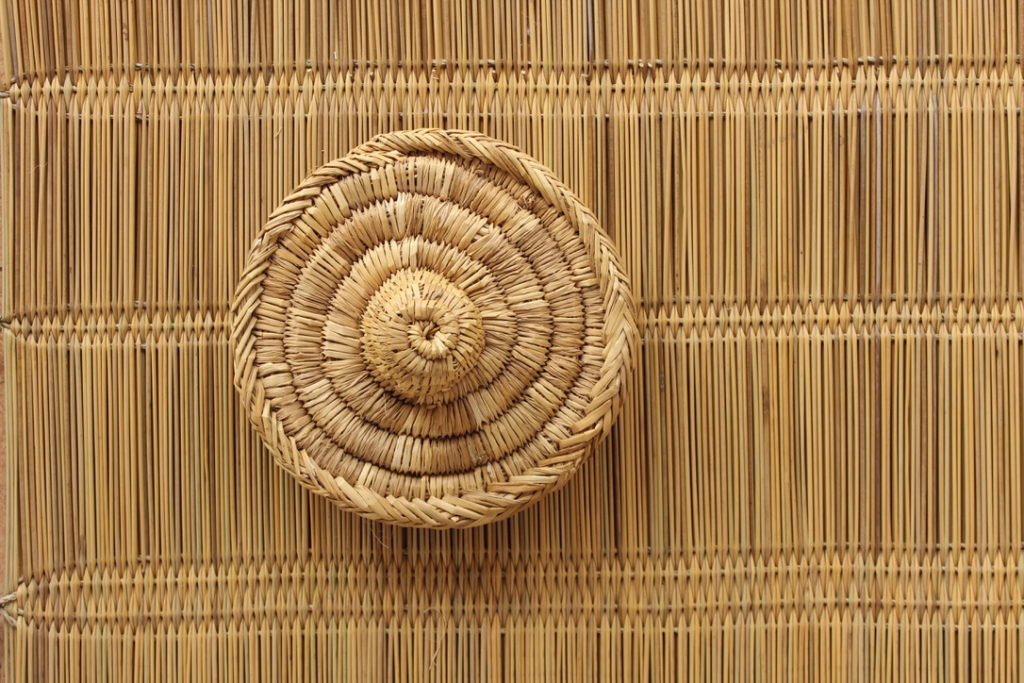
The ocher city, the beautiful Marrakech also offers a wide range of very varied trades of very talented craftsmen. The reputation of the craftsmen of Marrakech exceeds the borders of the Kingdom and this, especially for the domains of the leather goods (old traditional tanneries are still active in the medina), the brasserie and carpets. The skins and leather and especially the tanners who work these materials offer quality products and often very original in their design. The leathers are tinted with saffron for yellow, poppy for red, indigo for blue and antimony for black. Clothing and luggage are very popular. Babouches, poufs are not left behind. In Marrakech, it is the work of the tribes Glaoua and Sektana which is put forward. The weaving and especially that of Chichaoua, a small town between Marrakech and Agadir is also well known. The brasserie of Marrakech as well as the renowned craftsmen of Fez in this area using the same techniques, the work revolves around copper, silver nickel silver. The craft of Marrakech is very rich because it is a great crossroads of all that we can find in Morocco, however the city also has its specialties in the work of palm leaf (chriite, doum), mosaics, pottery tadelakt, and ceramics in general.
Crafts of Moroccan coastal cities
The crafts of the city of Safi is well known for its many potteries. This art, offers pieces that also use polychrome, that’s why, we consider the pottery of Safi as a variant of the pottery of Fez …
The fortified city of Essaouira, is famous for its jewels and for its inlay in Thuya. In antiquity already and in Rome the tables of Essaouira were famous. The incrustations of the craftsmen cabinetmakers for the marquetry are made of cedar wood, lemon, mahogany, burnt wood, Madagascar ebony and walnut. Some pieces offer additions of copper or silver, or even mother-of-pearl.
Agadir is famous for its Berber jewelry, not far with the cities of Taroudant, Tiznit and Immouzer, silver jewelry, bronze, offer beautiful pieces. The jewels can be carved by hand, cast with lost wax, others are molded. also produce beautiful silver coins. The other bronze pieces are also of great purity of lines. The Chtouka fibulae make the reputation of the city of Tiznit.
Not far from the desert:
Ouarzazate offers beautiful carpets “Ouzguitas” colorful books made by different tribes including Ait Ouaouzguite, Ait Ouaya, Ait Tidili, Ait Abdallah, Ait Semgane, Ait Zenaga, and many more … This is the wool taken from the Ait-Barka sheep are light carpets with geometric designs that often use bright blue and yellow as colors.
The pottery of Tamegroute, towards Zagora, with its green and its particular brown ochres, these shiny and slightly serrated pieces is also famous all over the world. Moreover, in Tamegroute, the potters of the region still keep all their secrets.
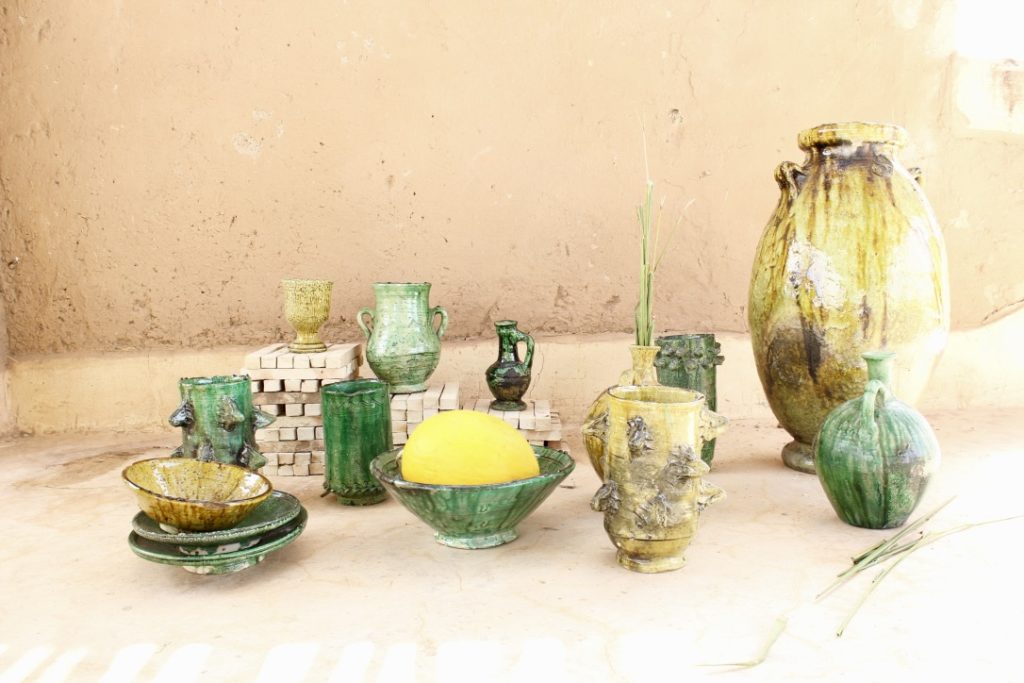
Crafts in architecture
Regarding the architecture that also uses many Moroccan know-how, we talk about zelliges, cement tiles, Bejmat which are these little terracotta bricks, wall mosaics or soils, plaster stucco, stucco woodwork, and this technique made with lime of Marrakech, this special coating that is the tadelakt. The tadelakt is a Moroccan art in its own right which requires a particular know-how, the brilliant aspect of the walls is realized with the help of a river roller which will be used at different stages of the realization of this wall coating that the Westerners are asking more and more in their beautiful Italian-style bathrooms! Of course the traditional rammed earth is still widely used, a mixture of earth and straw, mixed sometimes with small gravels, just like the rammed earth a little more industrial which contains a little cement for a better adhesion and less fragility. Natural materials such as earth, stone, plants, are widely used in Moroccan and Berber architecture which is democratized under various and varied fragments abroad.
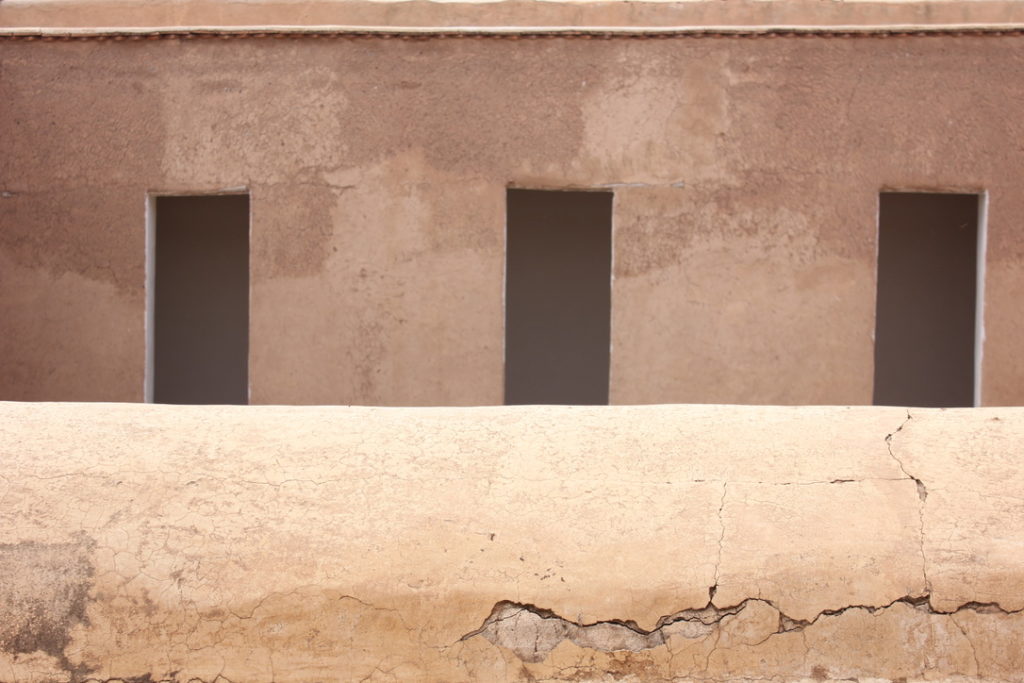
L’application contemporaine de la décoration intérieure
In the contemporary application of interior decoration, once again, Moroccan craftsmanship has its place. As a result, and as already mentioned above, craftsmen have been able to adapt to create slightly revisited articles that respond perfectly to new international trends and, in particular, in the interior design sector. Thus, beldi glasses are revisited, ceramic ware too, carpets including Kilim, Handira and Beni Ouarain carpet are also up to date, rattan mirrors, pottery, textiles, adapt to all desires, new trend colors such as terracotta, coral or water green stand out … Plaids, cushion covers, suspensions, brass mirrors, beldi stools, tableware, Rif pottery , all Berber styles are not left out!
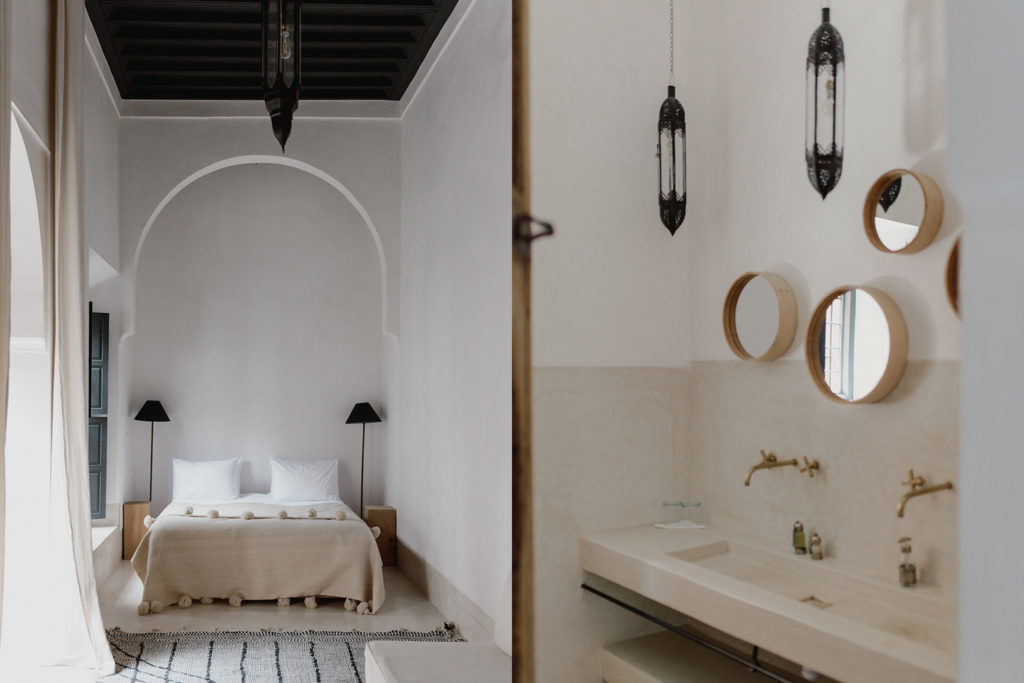
(The perfect Hideway)
Leather poufs, Tuareg trays, Berber carpets, mirrors, faucets, recycled objects, are among the most popular products around the world. Art lovers draw a lot of resources from Moroccan crafts. The famous carpet Beni Ouarain is now king of chic interiors, contemporary, modern or older, it adapts to all styles and knew how to be loved, we speak only of him today, his sleek style, high class, white and brown, also knows how to diversify today … The copper lamps that offer warm but mysterious atmospheres that are only revealed in the light reflected on the walls, find their place in all interior decorations and, in particular, in the bohemian chic style that also appreciates small stools, Berber and all items from basketry … Interiors are increasingly showing very Moroccan cement tiles for reasons and harmonies very special trend, kitchen and bathroom, the tadelakt is always more and more envious in the world. This impervious and glossy coating, made from lime from Marrakech and worked so specifically by master craftsmen who hold all the secrets of this art, is also very popular. The cushions, beanbags, fabrics, vegetable silk, and carpets immediately give unique and warm atmospheres. All lanterns, pendants, wall sconces and candle holders are essential items for interior and exterior decoration with oriental nuances.
An infinite source of ideas more original than the others, the Moroccan and Berber style is thus invited in the interiors and on the terraces of the whole world. Designers, decorators, creators, art lovers, decorating lovers, love it too and it’s not for nothing! The interest in oriental decoration continues to grow. In terms of furnishings, the Moroccan living room also adopts more contemporary and modern looks. The Moroccan salon has its origins in Andalusia Spain and has democratized the return of Moroccans from Spain to Morocco. Nowadays, to settle in a Moroccan living room reviewed and corrected in the West is a little like crossing time … Heat and oriental hospitality, we find the painted woodwork “Zouaq” made in Marrakech, or so , the more complex Andalusian marquetry, which is made in the northern part of the country, everyone also knows the famous Moucharabieh. The carved wooden bases are particularly remarkable in the region of Fez, the Moroccan living room reflects comfort, conviviality well-being and that’s why we love it.
Design and tableware also revive the oriental influence, which adapts to contemporary Western styles. Here again, inspirations and innovations abound. The creations showcase wonderful colors, shapes and techniques born of the talent of these Moroccan craftsmen among the most talented who never lack ideas … In this category, we find the Beldi style. Berber motifs are now available on many tables, Beldi glasses, hand-painted ceramic tableware and all olive wood utensils are on offer and offer items from Moroccan crafts, in a more contemporary approach and creative.
Moroccan artisanal cosmetics
Finally, on the contemporary application of products from Moroccan crafts, we can not conclude without talking about many other local products, including cosmetics including argan oil, prickly pear oil, d rose water, black soap, Rhassoul, this spice turmeric and all these products that are also famous in Morocco. In the same way we can not, do not approach, all the spices and the medicinal plants which contribute to the perfumes and the colors of Morocco and to the flavor of the Moroccan cuisine very appreciated too! Paprika, cumin, turmeric, seeds of anise, saffron pistils, and all the herbalists of Morocco who like to reveal also ancestral practices …
We know all around the world all the benefits of Argan oil cosmetic version, ideal for the face, body, hair. Rich in unsaturated fatty acids, argan oil also rich in vitamin E, effectively fight against acne and dry skin problems, also with anti-wrinkle antioxidants, it protects against the effects of pollution and against radiation UV. For rose water with a delicate scent, coming directly from El Kelâa des M’gouna, Morocco rose water is also a worldwide success, it cleans, it moisturizes, it is also anti-stress and perfect for removing make-up. When we talk about cosmetics in Morocco, we do not miss the black soap, this soap made with black olive leftovers crushed in salt and potash, which offers a rich soap vitamin E, that we use as skin exfoliant, a skin that will become satiny. Rhassoul is also a cosmetic product widely used in Morocco, it is natural clay that is known for its benefits on the scalp. It is applied to the root of the hair and to the ends. Moroccan women often mix it with rose water to obtain this creamy paste. In case of very dry hair, it is necessary to add argan oil. The natural powder of poppies is also the lipstick Beldi, it is called the Aker Fassi or “gazelle blood”. This powder is applied to healthy lips and is often mixed with cocoa cream to provide perfect hydration, 100% organic lipstick. Finally and for a last little beauty tip, a mask made from turmeric, one of the spices widely used in Morocco, clears the imperfections of the skin and eliminates blackheads, the mixture of turmeric, flour, olive oil and milk offers you this miracle mask!
In Morocco, craft lovers are always seduced by the diversity and quality of products offered throughout the kingdom. It is an ancestral know-how and a long history that are thus witnessed through these multiple objects and creations. It is also creations that adapt over time to all new products and trends, which is why the craft industry in Morocco is a luxury that continues to be exported all over the world.
We work at Tribaliste for a responsible and ethical online craft by creating a direct link with the craftsmen.
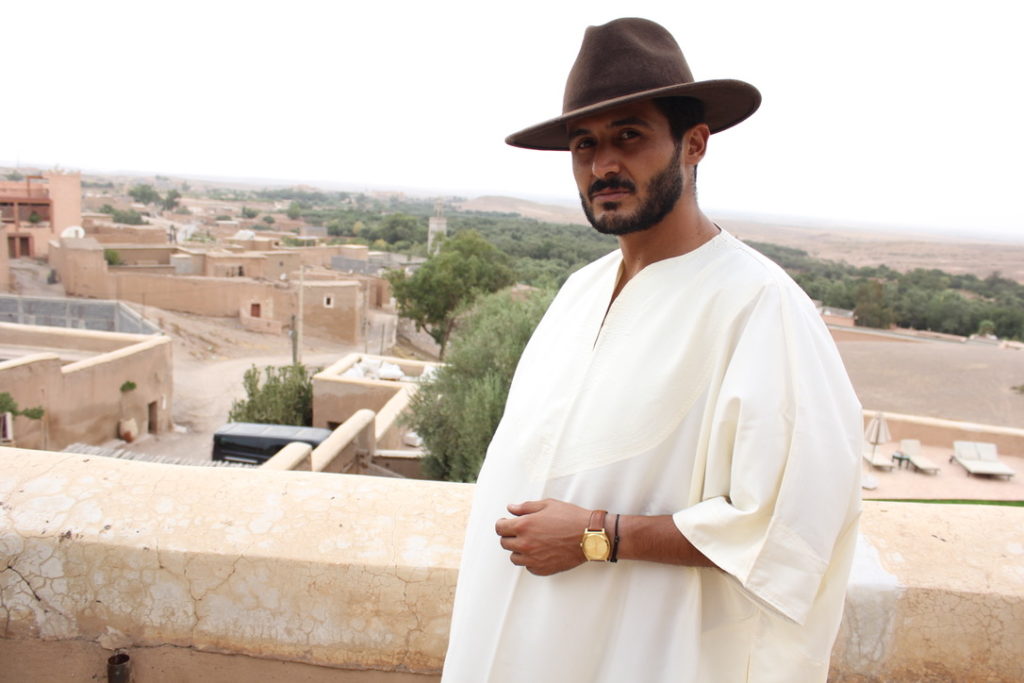
We are in close contact with Moroccan artisans to offer you an exhaustive curation of what we love most in each region of the country. Moroccan architecture is not left behind and is also exported through natural materials that are increasingly being snapped up for modern architectures, such as wall mosaics or zellig on the ground. The carved wood that adorns many palaces and monuments, gates, moucharabiehs, chests, also showcase the talent of the artisans of Fez, Meknes, Tetouan and Salé, scented cedar wood and also work thuya wood and lemon for marquetry. Carpets, textiles, pottery and ceramics, jewelery, but also traditional musical instruments that also have their own identity, the choice of Moroccan craftsmanship is so vast and diverse, that it can never be fully described.
If we say that Morocco is the country that makes the soul grow, the craft industry in Morocco contributes greatly!
